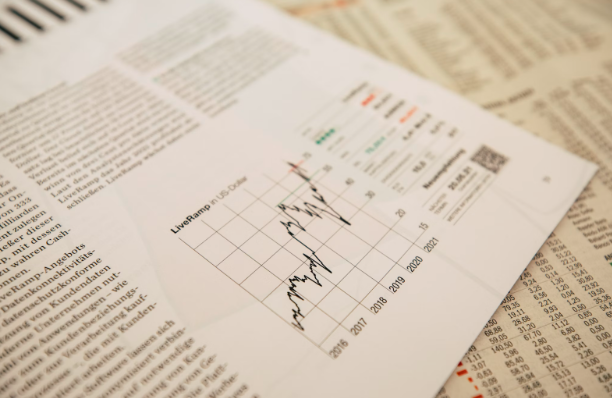The Ultimate Guide to Forex Derivatives: Risk Management, Speculation & Profits
In global finance, including the foreign exchange market, derivatives are among the most powerful tools created utilizing currency pairs, stocks, commodities, and indices. There are three main functions for derivatives: to manage risk, speculate on price movements, and take advantage of arbitrage opportunities.
Imagine a multinational corporation that is concerned about the varying exchange rate. It would be able to lock in today’s exchange rate related to a transaction that will take place six months from today, by utilizing EUR/USD futures contracts. This protects the firm from facing currency volatility after they price their product through the EUR/USD exchange rate. Businesses also turned to futures hedging strategies during the year 2023, as the U.S. Federal Reserve raised interest rates, further shielding themselves from dollar volatility.
Understanding derivatives doesn't simply relate to learning complicated formulas. It is understanding how derivatives create opportunity and confidence in managing risk in all of the major financial market sectors. Whether it be trading CFDs from your laptop or analyzing commodity futures, the value of the derivatives acts on the underlying asset.
Types of Derivatives: Futures, Options, Swaps & CFDs Explained
Futures are standardized contracts that create an obligation to buy or sell an asset for delivery at a predetermined price on a set date in the future. One can think of it like pre-ordering Christmas gifts in July. You place a "reservation" on an asset to buy it at a price that does not reflect the future demand during the last-minute shopping periods, which price is likely to be higher than if purchased early.
For our professional trader example, a Japanese consumer electronics manufacturer may utilize futures contracts in USD/JPY to hedge against adverse currency movements in the procurement of American components. Globally, the Chicago Mercantile Exchange (CME) and NYMEX handle billions of dollars a day of transactions in futures contracts in everything from currencies to crude oil futures.
How Are Derivatives Priced: Basics Principles and Market Dynamics
By understanding how derivatives are priced, you will understand why values are fluctuating, and you can make informed decisions while trading. The math can become complicated, but at the core, the principles are quite simple.
The differential between futures and spot prices create a trading opportunity. When futures prices diverge significantly from their theoretical values, arbitrageurs will do the heavy lifting by buying the instrument at one price and simultaneously selling it at another price until the market returns to equilibrium.
Role of Derivatives in Forex Trading: Risk, Speculation & Arbitrage
Currency valuations can be devastating for international businesses, changing overnight. A European exporter that sells to American clients has an ongoing USD/EUR risk as it awaits payment for exported goods. If the dollar weakens before the payment is finalized, the exporter will receive less profit on its sale. A EUR/USD option will effectively insure against this risk, allowing the exporter to initiate a transaction in the aftermarket in the event of a loss, while also maintaining the upside potential should the currency move in the happy direction.
Derivative products serve as the primary vehicle for banks and corporations to hedge against currency volatility. In times of geopolitical uncertainty or government shifts in policy, hedging activity on behalf of institutions, which are often carrying currency volatility, typically has an uptick because volatility is unpredictable and security is sought after.
Advantages and Risks of Derivative Trading: What You Must Know
The most appealing and dangerous feature of derivatives is leverage. With $1,000, an investor might control $50,000 in forex exposure using CFDs. A market move in the right direction translates into exponential profits. A 2% move in the currency pocketed 100% returns on your margin.
That same leverage works exactly the same if the market moves against you. A 2% move against you, and all $1,000 invested is gone. The excessive use of leverage in derivative positions created havoc during the 2008 financial crisis, impacting even institutions viewed as indestructible through cascading margin calls and liquidations.
Master Derivatives Trading: Your Path Forward
Derivatives are complex products that fuel the global financial system, important for risk management, speculation and arbitrage respectively. By understanding the various types of derivatives, how they are priced, and how they are used in strategic ways, derivatives become less of an enigma and more of a trading tool.
Moving from a novice to a steward of derivatives as a trading product takes practice, and time. An important first stage is getting the derivatives down pat. What is the key difference between options and futures? What is behind the pricing of derivatives? Why should one understand leverage? Applying your learning with live examples in the market. Understanding how discretionary traders utilise hedging or arbitrage scenarios.
For more info:-


Comments
Post a Comment